Heart Attacks are Becoming Common in Indian Youth
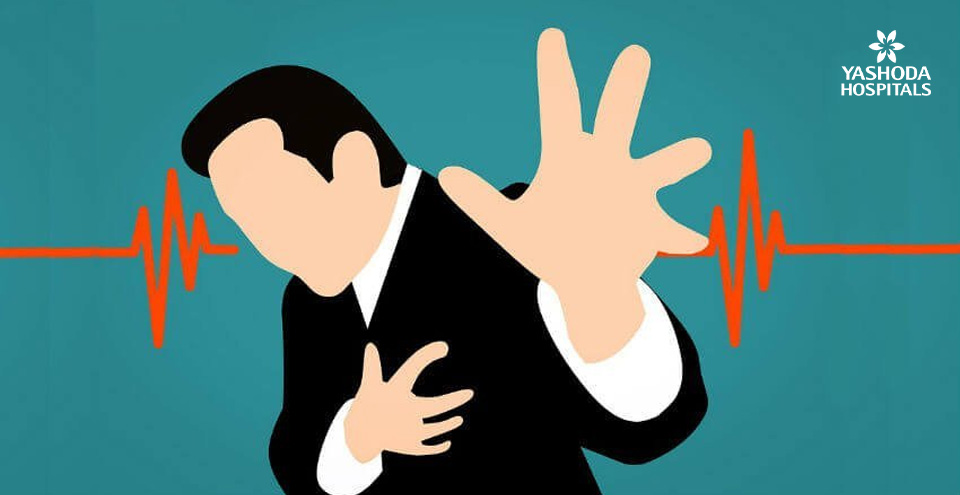
The last half a decade has seen rapid change in the way we live due to modern lifestyle and the trappings that come with it.
In the bargain, what public healthcare workers have observed and are worried about is the rise of three major potentially life threatening conditions, which include stroke, heart attack and cancer.
As a result of the changing lifestyle, cardiologists and cardiac surgeons, say cases of heart attacks are being reported at least a decade and half before the typical high risk age.
In western countries, heart attacks typically occur in people in the age group of 40 years and 45 years. However, now in India, the age of people at risk of getting heart attack is anywhere between 25 years and 35 years.
The proliferation of heart diseases and the decreasing age of persons who are most likely to experience heart episode, is going to be major challenge for public health institutions and even the private sector in India in the coming years, experts here believe.
Why young Indians are becoming victims?
Senior doctors say modern lifestyle is one of the main reasons for the present-day epidemiological pattern of heart ailments in India. Sedentary life, smoking and stress are some of the major factors that the workforce in India has to contend with.
According to public health experts, the haphazard way of living triggers hypertension, diabetes, high cholesterol, obesity, habits such as smoking and may lead to depression. Once professionals are exposed to high stress environments, they become vulnerable to all the above risk factors, which in turn trigger heart attacks.
Heart attacks have always existed in the country but the typical age of patients with such conditions was above 55 years. However, what is alarming is that anywhere between 15 per cent and 20 per cent of the heart attack patients today fall under the age group of 25 years and 35 years.
Unless, there is a concerted effort on making youngsters aware of the risk factors, the pitfalls of modern day lifestyle and the need to adopt an active lifestyle for a quality living, experts believe that health sector and even the society has to contend with young people succumbing to heart ailments, which are ironically preventable.
NCDs on the rise in Telangana
It’s not just observation of senior cardiologists and experts that have given broad indications towards rise of Non-Communicable Diseases (NCDs) such as heart ailments.
Even the India Council of Medical Research (ICMR) disease burden study of Telangana between 1990 and 2016 has clearly indicated a swift rise in NCDS.
Countrywide too, heart ailments form 53 per cent of all kinds of ailments and according to ICMR, close to 16 lakh persons have died due to heart ailments in the country in 2016.
According to the study, NCDs such as cardiac ailments, pulmonary or respiratory ailments, strokes and anaemia due to iron deficiency clearly figure on top of the disease burden map of the present-day Telangana.
In 2016, the Non-Communicable Diseases (NCDs) became the number one cause of death for the age groups between 30 years and 70 years in the State.
For the age group between 40 years and 70 years in the State, cardiovascular diseases and chronic respiratory ailments form the largest chunk of groups that have caused morbidity in 2016.
Between 1990 and 2016, the proportion of total disease burden due to neonatal, maternal and nutritional disease was 27.6 per cent. The proportion of disease burden due to NCDs was 59.2 per cent and injuries was 13.2 per cent.
Time to adopt a healthy lifestyle
Senior interventional cardiologist, Yashoda Hospital, Somajiguda, Dr K Pramod Kumar says there is dire need for young people in Hyderabad to adopt a healthy lifestyle.
Talking about a gamut of issues related to heart diseases including diagnostics, therapeutics and medications with ‘Telangana Today‘, the senior cardiologist says modern medicine has improved the outcomes of heart procedures.
Mandatory health check-ups
Many people are unaware about their risk factors that trigger heart attacks. These factors can be identified only by examination. That’s why I believe that everyone in India who reaches 25 years of age must undergo a comprehensive health check-up.
Many don’t know that in western countries such a check-up is done for individuals when they are 18 years-old. Before taking-up a job, youngsters must undergo such a health check-up.
New medications
In the last few years, a lot of change has happened in India and new medications are available that are more effective in controlling diabetes and hypertension.
Insulin dependence free medications, which are friendly to cardiac patients, standardised hypertension and high cholesterol medications too are available.
Diagnostics to detect heart attack
Many have this misconception that if the ECG and ECHO are normal, then they do not have any blockages. This is wrong because these tests do not look at the coronary arteries where the blockages are present.
Persons above 40 years, especially those with high risk factors such as obesity, hypertension and diabetes, better undergo CT Coronary Angiogram to clearly find the condition of their arteries that supply blood to the heart.
Clot Busters
There will be occasions, when a patient is undergoing a heart attack but a tertiary heart care facility if far away. In such situations, clot busters to unclog the arteries should be available in secondary healthcare facilities. After administering clot busters, patients can be brought to a tertiary care facility.
On Therapeutics
Interventions have become the mainstay of treatment during acute heart attack. Stenting is universal because the failure rate of Drug Eluting Stents (DES) has become negligible.
Even complex blockages can be treated through single and multiple stents so that complicated bypass or open heart surgeries can be avoided. With simple interventions, complicated surgeries can be avoided.
Accurate diagnosis is the key
Accurate and quick diagnosis of heart condition plays a huge role in not only saving patient’s life but also giving them a shot at long term survival.
There are several instances where heart condition is not diagnosed, causing a lot of suffering to patients. A similar situation was faced by 87-year-old S Satyavathi and her family members.
In 2014, Satyavathi complained of severe backache. Given her advanced age, her attending doctors from several private hospitals recommended physiotherapy as a mode of management for her discomfort.
“She underwent physiotherapy for four years but the back ache kept returning. This January, however, the pain became severe. Doctors again advised us to take her for another round of intense physiotherapy. It did not work,” recalls Col SVS Murthy, son of Satyavati.
With physiotherapy not working, Satyavati ended-up at Yashoda Hospitals. “The surgeons ascertained that my mother had massive artery blocks. She could not survive an open heart surgery but doctors used stents to unclog the blocked arteries. She has recovered remarkably now does not have backache,” says Murthy.
Senior cardiologist Dr Pramod, who conducted the procedure, says quite often the symptoms of heart conditions are very difficult to detect, which makes tests such as CT Coronary Angiogram and traditional angiogram very important.
Some points to ponder
- India is seen as a diabetes and coronary heart disease capital of the world
- In the coming years, country could have the highest heart ailments in the world
- Typically, 50 per cent of heart attacks in India occur in persons below 50 years
- 25 per cent of heart attacks in India occur in persons below 40 years
- Cases of heart ailments among 25 years and 35 years age groups on the rise
- South Indians are more vulnerable to heart attacks because of central obesity
- Typical diet of South Indians consist more carbohydrate and less protein
Issues faced by youngsters in India
- Stress, anxiety and depression
- Regular consumption of junk food
- Obesity and smoking
- No exercise
- Lack of importance given to general health
Major NCDs in Telangana: 1.Heart 2. Nephrology 3. Oncology 4. Trauma 5. Urinary surgeries
In 2016-17 NCDs in TS:
- Kidney ailments: 85,000 and 90,000
- Heart ailments: 22,000 and 25,000
- Cancer cases: 67,500 cases
- Trauma: 46,000 cases
Diabetes:
Type 1: Occurs when pancreas does not produce enough insulin
Type 2: Occurs when body is unable to effectively use produced insulin Diabetes is a huge
Economic burden: Costs include: Care; productivity loss and disability
Burden of diabetes: Worldwide 422 million people have diabetes of 1.3 billion population, India has 60 million adults with diabetes 8 per cent of the Indian population
- Half of the population in India with diabetes are undiagnosed
- Every year, 5.8 million Indians die of Non-Communicable Diseases
- NCDS include heart and lung ailments, cancer, stroke and diabetes
- In 2015, close to 9 lakh people died due to diabetes in India directly or directly
- By 2035: India will have staggering 109 million diabetics of 1.5 billion populatio.
- According to WHO, diabetes will be 7th leading cause of death by 2030
- In TS, 7 per cent among women and 6 per cent men are diabetic
- Elderly and diabetes: India has 104 million (10.4 crore) elderly (above 60 years) with diabetes
- By 2050: Number of elderly to reach 300 million (30 crore)
Hypertension:
- 30 per cent to 35 per cent of adults in Hyderabad have hypertension
- Less than 10 per cent in Hyderabad know that they have BP
- Average incidence of BP in urban centres is 36 per cent and 30 per cent in rural
- Blood pressure is responsible for 11 per cent of deaths in India
- Hypertension also causes major eye disorders 6. Usually, BP is not hereditary and it’s a lifestyle disorder
Ideal BP: 140/90
About Dr. Pramod Kumar K –
Dr. Pramod Kumar K,Consultant Interventional Cardiologist, Yashoda Hospital, Somajiguda. His expertise include complex coronary interventions such as radial angioplasty, pacemaker implantation, saphenous vein grafts with distal protection devices left main interventions, bifurcations, chronic total occlusions and primary PTCA.
This article was originally published in Telangana Today.




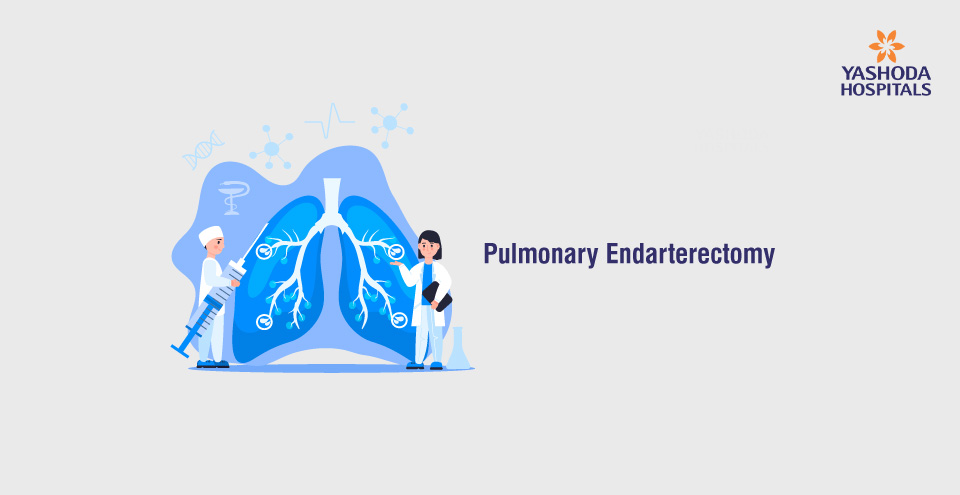
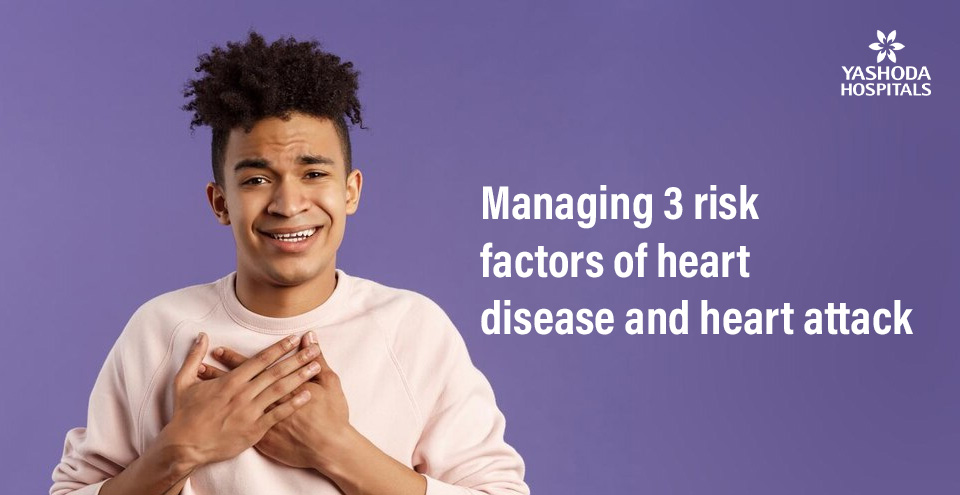
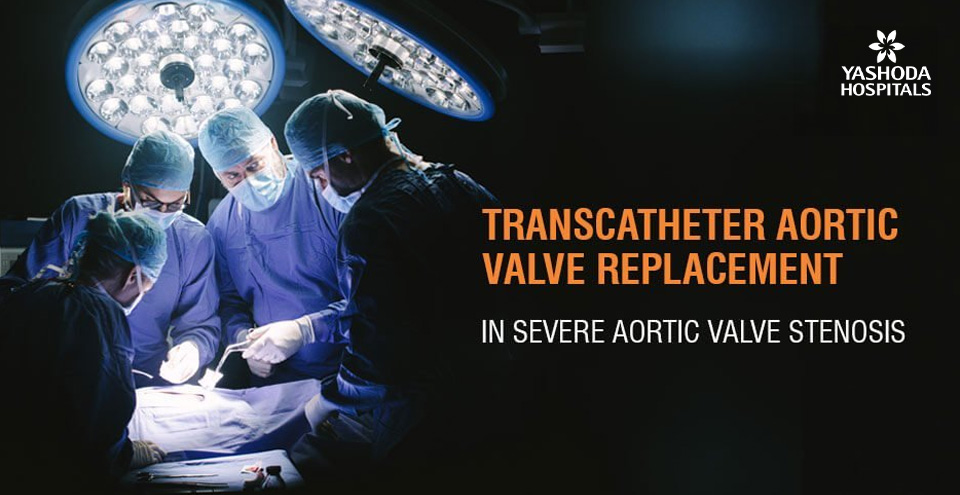
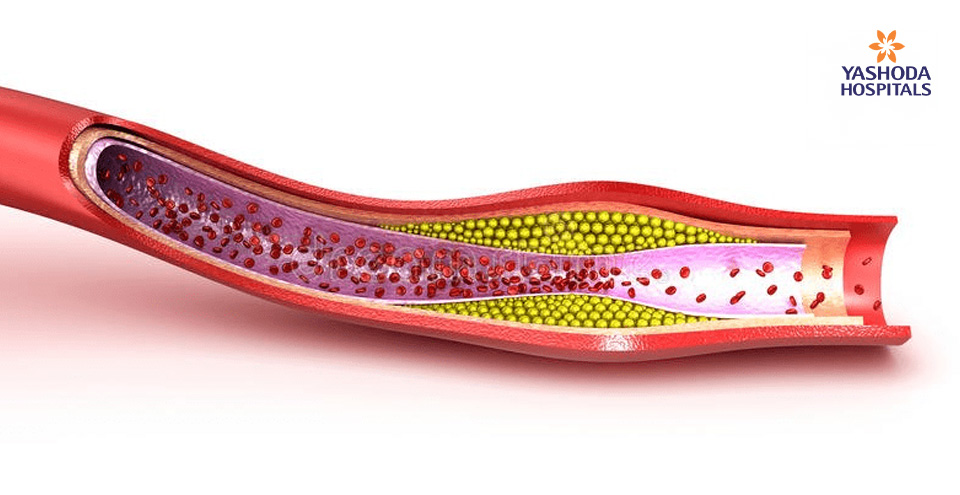

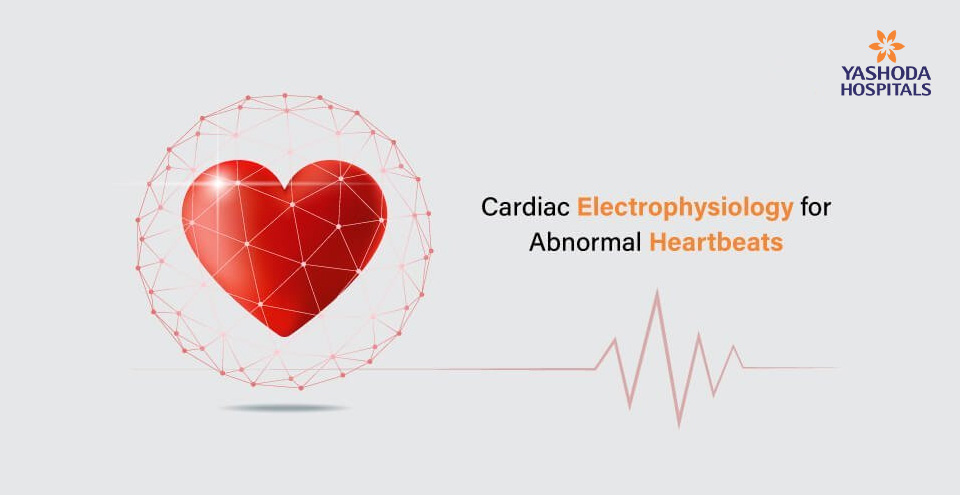
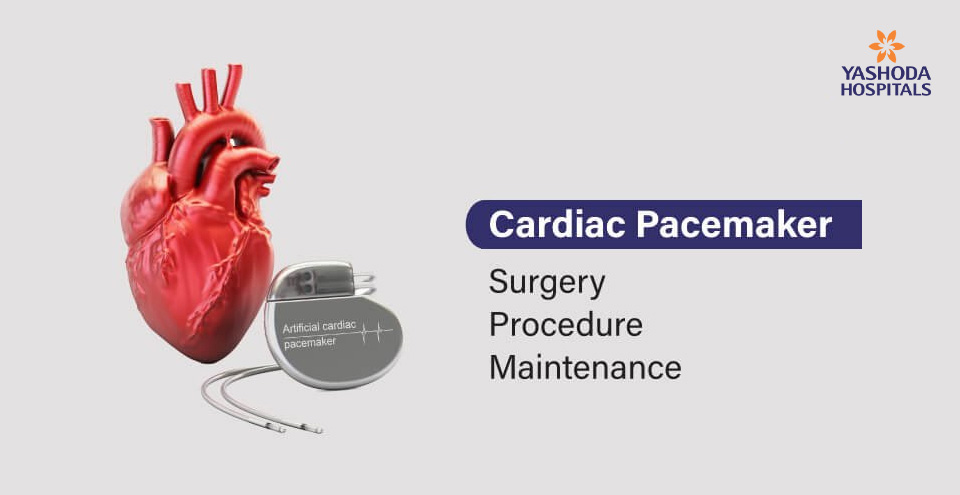
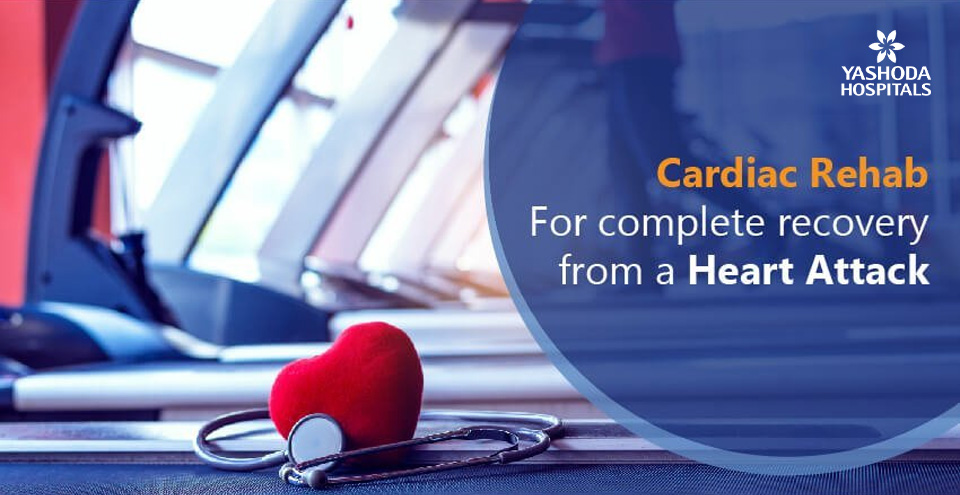
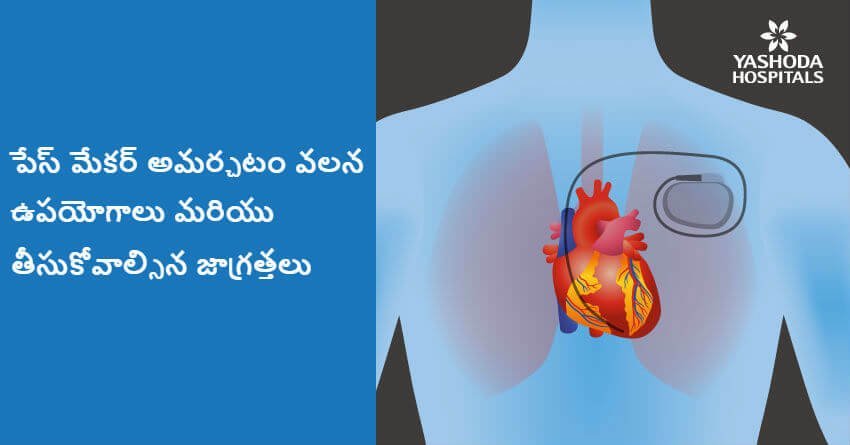
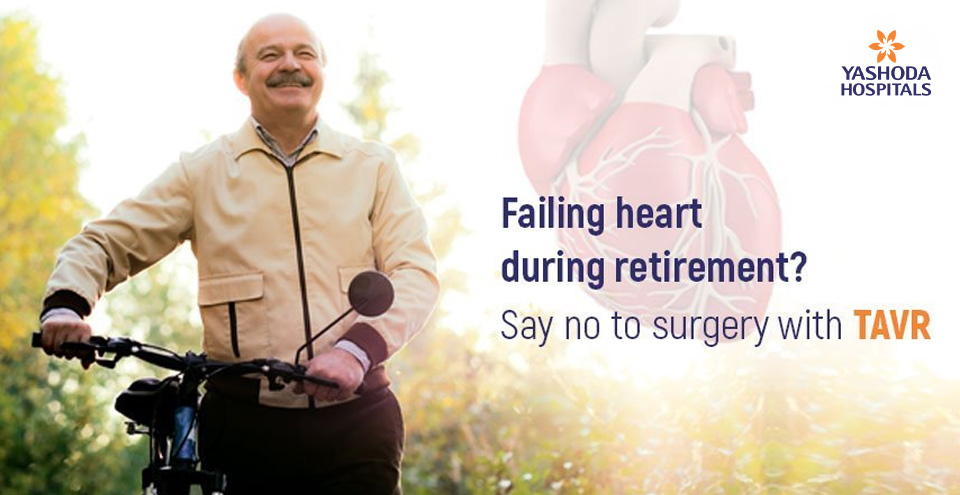

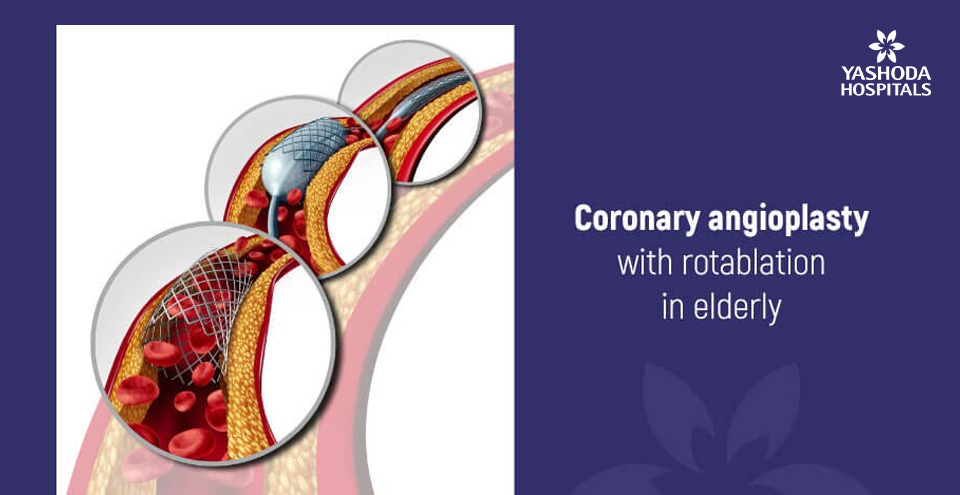





 Appointment
Appointment WhatsApp
WhatsApp Call
Call More
More